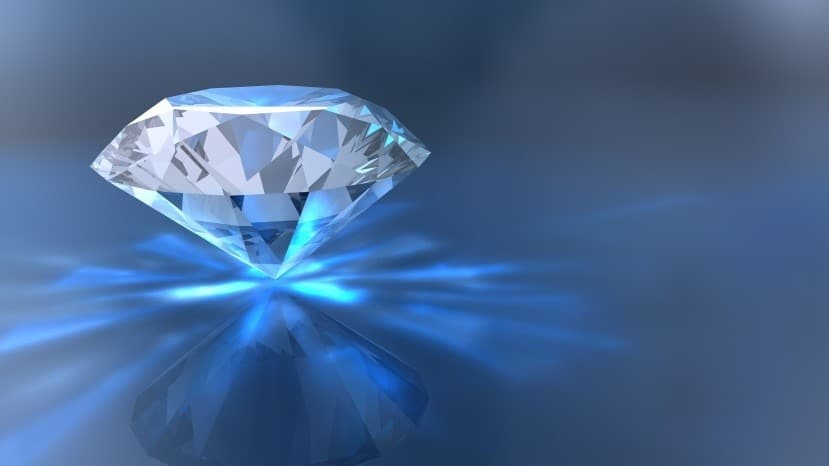
Diamonds, the timeless treasures that have captivated humanity for centuries, are not merely dazzling gemstones but encapsulate a world of brilliance, rarity, and enduring beauty. In this comprehensive guide, we will delve into the facets of diamonds, exploring their origins, unique properties, and the age-old fascination that surrounds them.
What is a Diamond?
A diamond, chemically composed of carbon atoms arranged in a crystal lattice structure, is a precious gemstone formed deep within the Earth’s mantle under intense pressure and heat 對戒. Renowned for its exceptional hardness, diamonds are the hardest known natural material, scoring a perfect 10 on the Mohs scale.
How Does a Diamond Form?
Diamonds undergo a remarkable journey, beginning as carbon atoms subjected to immense heat and pressure deep within the Earth’s mantle. Over millions of years, volcanic eruptions bring these precious gems closer to the surface, where they cool and solidify. This intricate process results in the creation of diamonds with distinct characteristics, including color, clarity, cut, and carat weight – collectively known as the 4 Cs.
How to Identify a Genuine Diamond:
Identifying a genuine diamond requires an understanding of the 4 Cs:
- Color: Diamonds come in various colors, with the most valuable being colorless. The Gemological Institute of America (GIA) grades diamonds on a scale from D (colorless) to Z (light yellow or brown).
- Clarity: Clarity refers to the presence of internal or external flaws, known as inclusions and blemishes, respectively. The fewer the imperfections, the higher the clarity grade.
- Cut: The cut of a diamond determines its brilliance and overall appearance. A well-cut diamond reflects light beautifully, enhancing its sparkle.
- Carat Weight: Carat weight measures the size of the diamond. Larger diamonds are rarer and, consequently, more valuable.
How Can Diamonds Be Ethically Sourced?
In recent years, ethical concerns surrounding diamond mining have prompted the rise of conflict-free or ethical diamonds. Consumers can choose diamonds certified by organizations like the Kimberley Process, ensuring that the gemstone has been sourced responsibly, without supporting conflict or human rights abuses.
What Are the Different Diamond Shapes?
Diamonds come in various shapes, each with its unique charm. Popular shapes include round, princess, emerald, asscher, marquise, pear, oval, and radiant. The choice of shape often reflects individual preferences and styles.
How Do Diamonds Symbolize Love and Commitment?
Diamonds have long been associated with love and commitment, symbolizing endurance and eternity. Engagement rings adorned with diamonds are a timeless expression of enduring love, marking significant milestones in relationships.
Conclusion:
In conclusion, diamonds are not just dazzling gemstones; they are the result of nature’s intricate craftsmanship over millions of years. From their formation deep within the Earth to the careful consideration of the 4 Cs, diamonds embody a rare combination of beauty, durability, and symbolism. Whether as a symbol of love, a fashion statement, or a wise investment, diamonds continue to capture the hearts of people worldwide.